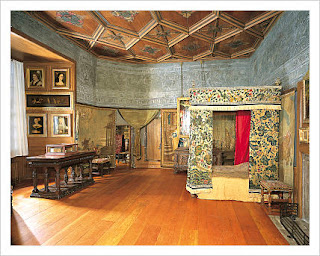Mystery lovers will love Carla Danziger’s story of love and murder in Norway, Hidden Falls. (Doesn't the beautiful cover photo make you want to jump in and swim across the lake?)
Not only is Hidden Falls a tale of intrigue, but the descriptions of Norwegian delicacies and gorgeous geography will send readers scrambling to the Web to find trips to the "Land of the Midnight Sun."
To break from the remnants of a “done” marriage, Kristina Kelly travels from the U.S. to Norway to join her cousin, Elsa Jenssen, on vacation in the mountains and explore “Hidden Falls.” While hiking alone one morning, Elsa slips and falls to her death. Was it suicide? An accident? Murder?
Edna is a well-respected journalist who has her enemies, that's for sure, and the question is: Whodunnit (if anyone)? The police treat Elsa's death as an accident, which is unacceptable to Kris who has reason to believe otherwise.
To learn the truth, she begins collecting information (and a new relationship) which builds evidence that something is indeed wrong with the picture. And she may become the next victim.
The complexity and fun trying to determine the murderer (if any) from among many suspects will leave readers guessing, and shuddering at the prospect that Kris may alone retrace Elsa's path in Hidden Falls or enter Elsa's house. Surely not!
The author skillfully weaves contemporary Norwegian history, customs, and culture into the "travel mystery" and describes the countryside with breathtaking color and emotion. Her Scandinavian ancestry adds much to her story.
Ms. Danziger, a resident of Northern Virginia, says the book rolled out as she wrote it, and she told her family years ago at a spectacular Norway site: “I am going to remember this scene and write about it some day!" She has.
Nine of ten reviewers at Amazon give Hidden Falls five stars, and one, four stars.










































